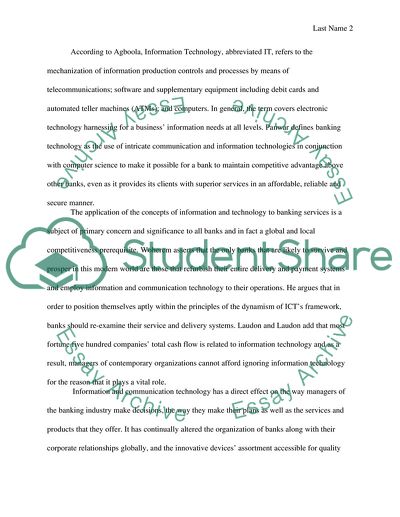Cite this document
(Impact of Information Technology on Banking Systems Term Paper, n.d.)
Impact of Information Technology on Banking Systems Term Paper. Retrieved from https://studentshare.org/information-technology/1744101-impact-of-information-technology-on-banking-system
Impact of Information Technology on Banking Systems Term Paper. Retrieved from https://studentshare.org/information-technology/1744101-impact-of-information-technology-on-banking-system
(Impact of Information Technology on Banking Systems Term Paper)
Impact of Information Technology on Banking Systems Term Paper. https://studentshare.org/information-technology/1744101-impact-of-information-technology-on-banking-system.
Impact of Information Technology on Banking Systems Term Paper. https://studentshare.org/information-technology/1744101-impact-of-information-technology-on-banking-system.
“Impact of Information Technology on Banking Systems Term Paper”, n.d. https://studentshare.org/information-technology/1744101-impact-of-information-technology-on-banking-system.


